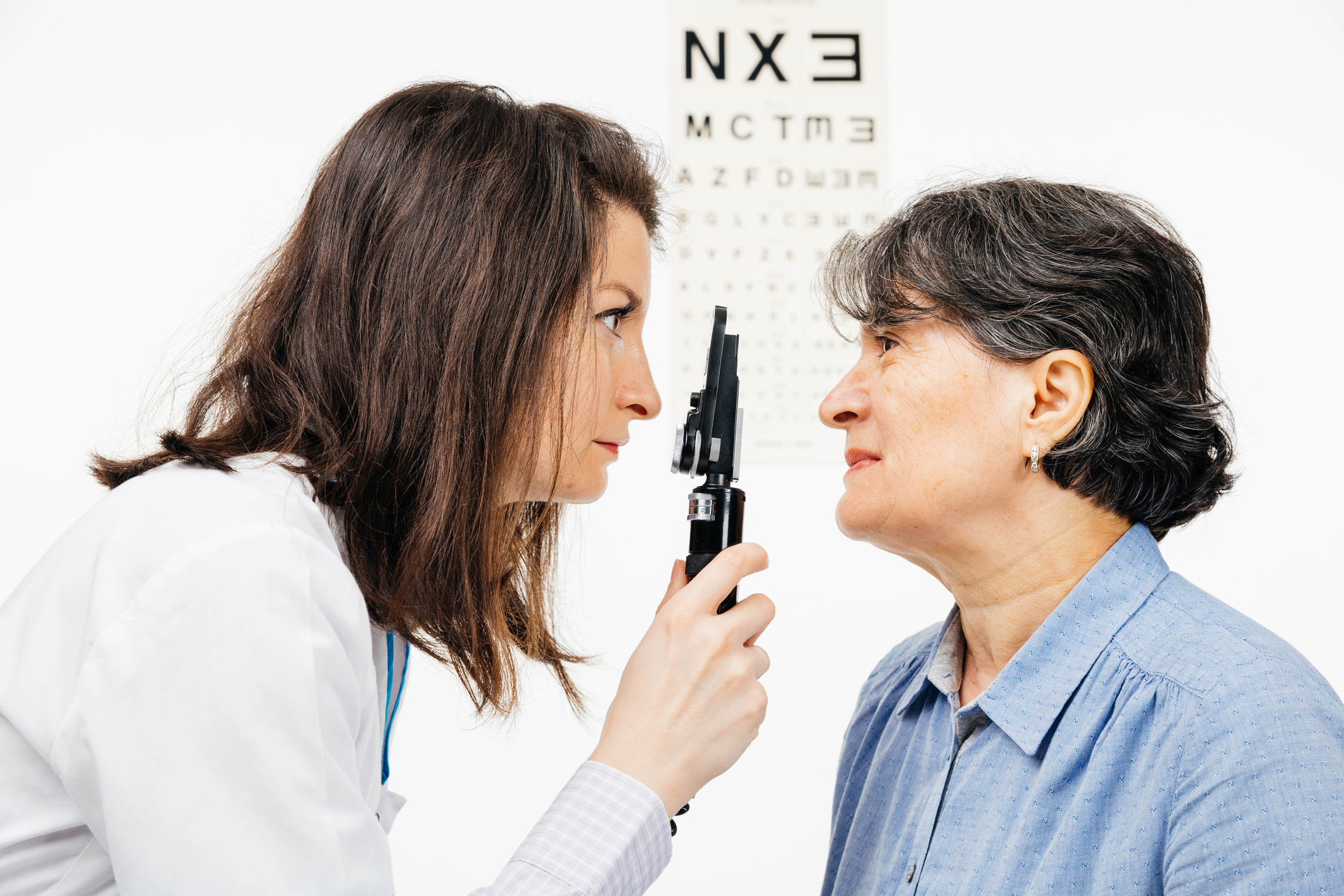What is low vision?
Low vision is a loss of vision enough to make everyday tasks difficult, even with the best spectacle prescription and once all treatment for the eye condition has been undertaken. A person with low vision may find it difficult or impossible to accomplish activities such as reading, writing, shopping, watching television, driving a car or recognizing faces.
What causes low vision?
A variety of disorders that affect the eye and the visual system may cause low vision. Birth defects, injuries, certain diseases of the body and aging all may lead to vision loss. Most commonly, it is due to scarring because of deterioration of the central part of the retina (the light-sensitive tissue that lines the back of the eye), known as macular degeneration. Vision loss may also result from other conditions, such as cataracts, glaucoma, diabetic retinopathy or from damage to the optic nerve, which carries visual images to the brain. Stroke may result in loss of one side of the visual field (called hemianopia).
Diagnosing low vision
Since there are many diseases and conditions that can result in low vision, it is important to have a comprehensive eye examination with an optometrist. Your optometrist will recommend any treatment for the eye disorder that is available. But even with the optimum treatment, there is sometimes a remaining vision loss, resulting in low vision.
If this is the case, your optometrist may refer you to other low-vision and rehabilitation specialists (which may be another optometrist) or suggest low-vision aids such as magnifying devices or special, strong reading glasses. There are also many other helpful devices that are not optical devices, including large-print books, magazines, newspapers, playing cards and telephone dials, and large-character calculators. Increased lighting that is properly positioned is essential. Tinted lenses are sometimes used to reduce glare from bright sunlight. Electronic aids such as closed-circuit television systems with built-in magnification and computerized reading devices are also useful in many circumstances. There are also accessibility options on computers, tablets and cell phones which can be recommended. There are many more advanced options, such as telescopes for distance vision and prisms and training techniques for visual field loss.
Low vision rehabilitation
The goal of low vision rehabilitation is to enable people with low vision to use their remaining vision to achieve the tasks which they want to perform, in order to achieve as independent a lifestyle as they desire. It includes the use of magnifying devices, special spectacles, training, environmental modifications, lighting, strategies, changes in the task itself or combinations of these to enable a person with low vision to continue to do the daily tasks which s/he wishes to undertake and to maintain independence. Low vision rehabilitation has been proven to be effective, improving visual function, overall quality of life, maintaining independence, and can even help lift depression.
You don’t need to struggle alone with low vision. Help is available. Even if you are told that “nothing more can be done” about the eye disease itself, there is always something that can be done in low vision rehabilitation. Talk to your optometrist for more information.
How can an optometrist help?
As you age, you become more susceptible to changes in vision and eye health issues. The Ontario Association of Optometrists recommends that every senior receive an eye exam once a year, to detect any problems with vision and eye health before they impact your life. Optometrists will treat and manage any vision problems, eye diseases and conditions to make sure you are able to continue living a safe, independent and active lifestyle. To find an optometrist near you, visit findaneyedoctor.ca.
This article comes courtesy of the Ontario Association of Optometrists (optom.on.ca).






Add Your Voice
0 Comments
Join the Discussion